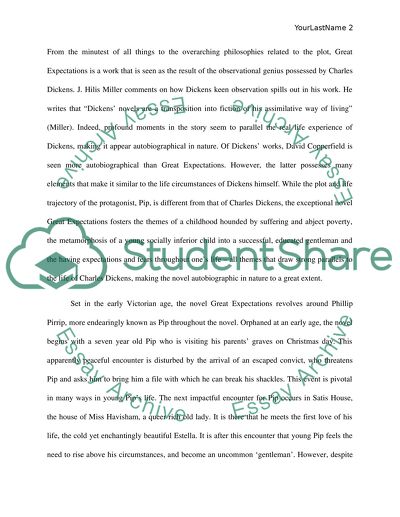Cite this document
(“Many feel the novel Great Expectations is autobiographical. Compare Research Paper”, n.d.)
Retrieved from https://studentshare.org/literature/1479098-many-feel-the-novel-great-expectations-is
Retrieved from https://studentshare.org/literature/1479098-many-feel-the-novel-great-expectations-is
(Many Feel the Novel Great Expectations Is Autobiographical. Compare Research Paper)
https://studentshare.org/literature/1479098-many-feel-the-novel-great-expectations-is.
https://studentshare.org/literature/1479098-many-feel-the-novel-great-expectations-is.
“Many Feel the Novel Great Expectations Is Autobiographical. Compare Research Paper”, n.d. https://studentshare.org/literature/1479098-many-feel-the-novel-great-expectations-is.


